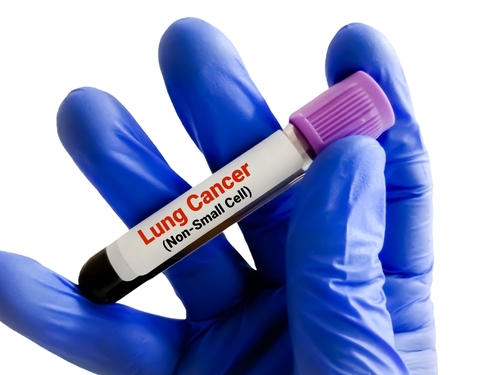
Patients with non-small cell lung cancer, particularly adenocarcinoma, have an increased CDT1 expression that puts them at greater risk for poor prognosis, according to researchers in China led by Jing Jiang, PhD.
Several databases were used in the analysis, including The Cancer Genome Atlas, Gene Expression Omnibus, Gene Ontology, Kyoto Encyclopedia of Genes and Genomes, and LinkedOmics. Researchers used the databases to examine biological processes and signaling pathways and identify differentially expressed genes (DEGs) associated with CDT1.
Survival rates were evaluated through nomograms and the Kaplan-Meier method.
Compared with healthy lung tissue, CDT1 expression was much higher in tissue samples positive for lung adenocarcinoma. Moreover, high CDT1 expression was associated with worse survival rates than low CDT1 expression (P<.001). No difference in survival was seen between men and women.
“According to our analysis of immune infiltration, CDT1 exhibited a strong correlation with specific immune cell subsets and was found to be a significant predictor of poor survival in patients with [lung adenocarcinoma],” the authors wrote.
In addition, the highly expressed DEGs of patients with high CDT1 expression were predicted to be involved in the cell cycle, according to the analysis published in PeerJ – Life and Environment.







 © 2025 Mashup Media, LLC, a Formedics Property. All Rights Reserved.
© 2025 Mashup Media, LLC, a Formedics Property. All Rights Reserved.